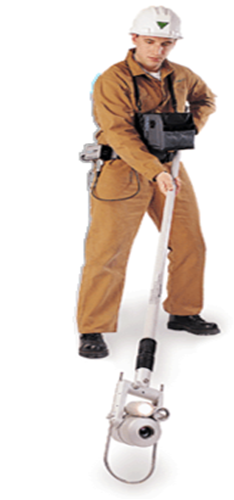NON DESTRUCTIVE TESTING NDT
NON DESTRUCTIVE TESTING NDT:
- Introduction to NON DESTRUCTIVE TESTING NDT
- Overview of Six Most
- Common NDT Methods
- Principle, Working & Application
INTRODUCTION:
- What is NON DESTRUCTIVE TESTING NDT ?
The use of noninvasive techniques to determine the integrity of a material, component or structure or quantitatively measure some characteristic of an object.
i.e. Inspect or measure without doing harm.
What are Some Uses of NON DESTRUCTIVE TESTING NDT Methods:
- Flaw Detection and Evaluation
- Leak Detection
- Location Determination
- Dimensional Measurements
- Structure and Microstructure Characterization
- Estimation of Mechanical and Physical Properties
- Stress (Strain) and Dynamic Response Measurements
- Material Sorting and Chemical Composition Determination
When are NON DESTRUCTIVE TESTING NDT Methods Used?
There are NON DESTRUCTIVE TESTING NDT application at almost any stage in the production or life cycle of a component.
–To assist in product development
–To monitor, improve or control manufacturing processes
–To verify proper processing such as heat treating
–Fatigue and Creep damage prediction
–To inspect fitness-for-service evaluation
Major types of NON DESTRUCTIVE TESTING NDT:
- Detection of surface flaws
- Visual
- Magnetic Particle Inspection
- Fluorescent Dye Penetrant Inspection
- Detection of internal flaws
- Radiography
- Ultrasonic Testing
- Eddy current Testing
Visual Inspection:
- Most basic and common inspection method.
- Visual inspection refers to an NON DESTRUCTIVE TESTING NDT method which uses eyes, either aided or non-aided to detect, locate and assess discontinuities or defects that appear on the surface of material under test.
- Tools include fiberscope’s, borescopes, magnifying glasses and mirrors.
- Defects such as corrosion in boiler tube, which cannot be seen with naked eyes can easily be detected and recorded by using such equipment.
APPLICATIONS:
- Portable video inspection unit with zoom allows inspection of large tanks and vessels, railroad tank cars, sewer lines.
- Remote visual inspection using a robotic crawler.
- Robotic crawlers permit observation in hazardous or tight areas, such as air ducts, reactors, pipelines
Advantages :-
- Cheapest NON DESTRUCTIVE TESTING NDT method
- Applicable at all stages of construction or manufacturing
- Do not require extensive training
- Capable of giving instantaneous results
Limitation :-
- Limited to only surface inspection
- Require good lighting
- Require good eyesight





